Beyond the Marbles: Why the Acropolis Museum is a Must-Visit for History Enthusiasts

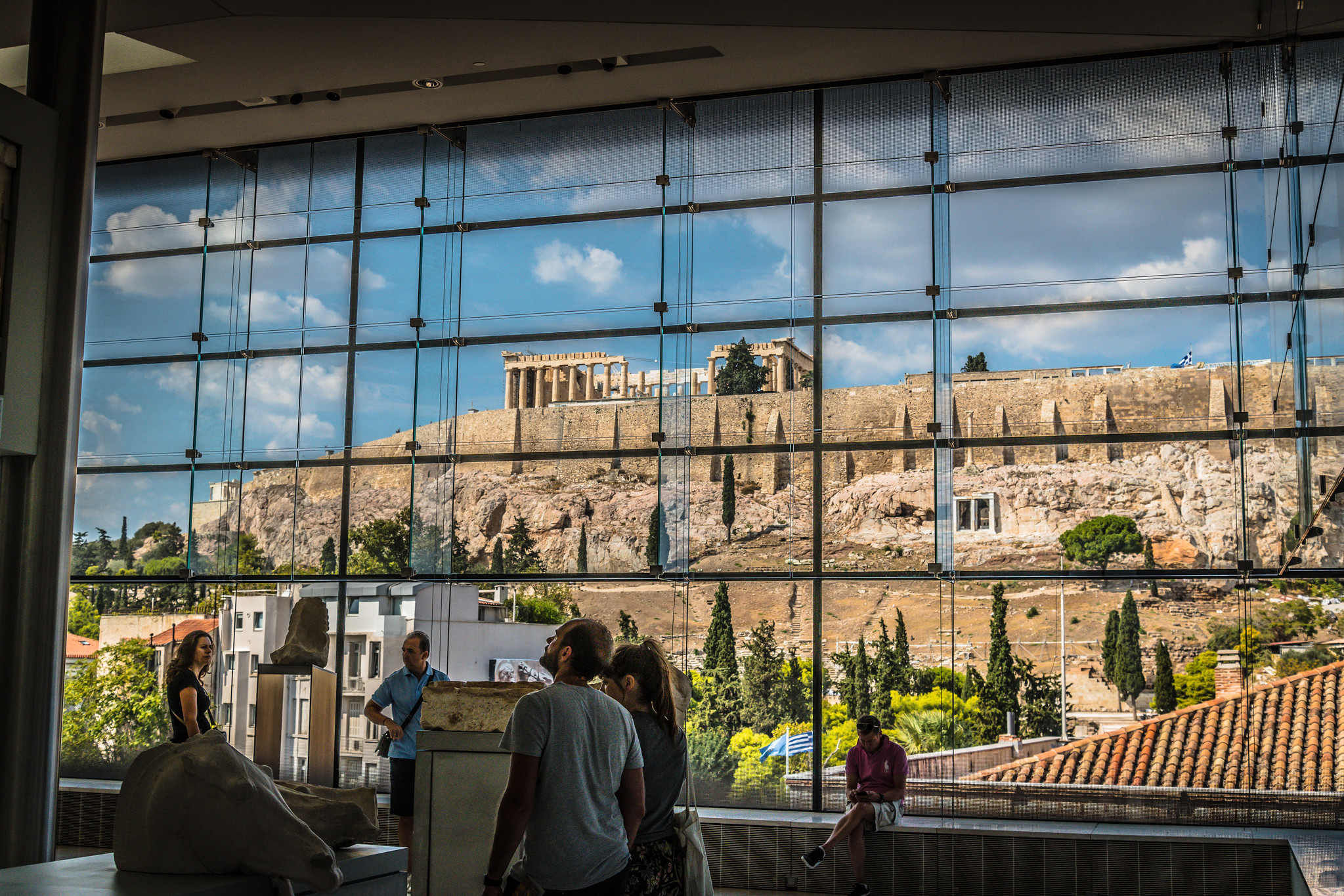
If you’re like me and have a passion for history, visiting the Acropolis Museum in Athens is more than just ticking off another tourist spot—it’s stepping into a time machine that transports you back to the heart of ancient Greece. I spent a full afternoon wandering its halls, and let me tell you, it’s an experience that goes far beyond just admiring the famous Parthenon Marbles.
Given that Athens is becoming over-touristic, the line at the ticket office of the museum usually becomes long! So this time, I decided to visit the museum using a a “skip the line” ticket, and I was surprised how smooth everything worked at the entrance. It’s a simple trick, but it makes a world of difference — no more waiting around, just straight to the good stuff.
Historical Background
The Acropolis Museum, opened in 2009, is a modern marvel built to house the artifacts from the Acropolis. But did you know that the museum’s location was once part of an ancient Athenian neighborhood? During the construction of the museum, extensive excavations revealed a wealth of archaeological remains, including homes, workshops, and baths dating back to the 4th century BC. These findings are now integrated into the museum, allowing visitors to literally walk over the ancient streets of Athens as they enter.
Exploring the Museum
Discovering the Ancient City Beneath the Acropolis Museum
When you visit the Acropolis Museum, the experience begins long before you reach the Parthenon Marbles. Underneath the museum itself lies a fascinating archaeological site — an ancient Athenian neighborhood that has been meticulously preserved and is now open for exploration. As a history enthusiast, this is where my curiosity was truly ignited.
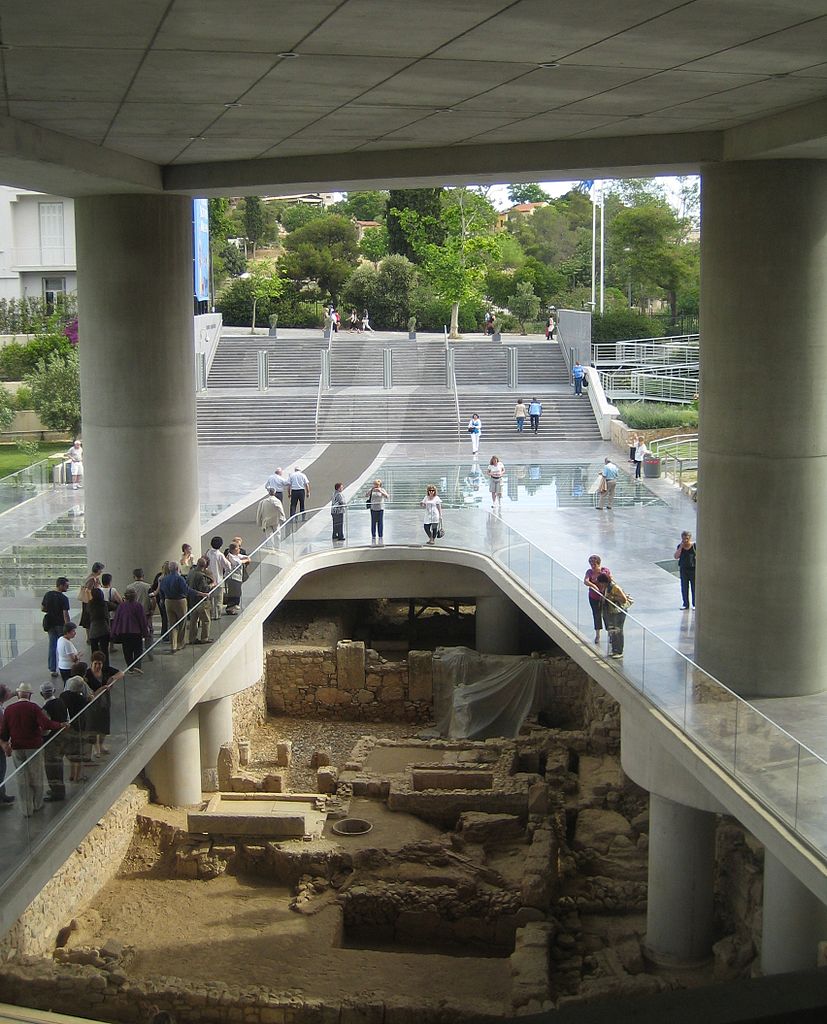
This site is no ordinary excavation. It’s a rare chance to walk through a neighborhood that thrived for over 2,500 years. As I wandered over the glass floors, looking down at the intricate layout of streets, houses, and public spaces, I could almost hear the echoes of daily life in ancient Athens.
The site, discovered during the museum’s construction, reveals layers of history dating back to the Classical period and even earlier. What amazed me was how each layer told a different story about the evolution of Athens — from humble beginnings to the grandeur of the Roman era. The remains of luxurious villas with mosaic floors and private baths speak to the prosperity that some Athenians enjoyed, while the simple homes and workshops remind us of the everyday lives of the city’s craftsmen and traders.
One particularly striking feature is the large Byzantine-era mansion with its central courtyard. This mansion not only highlights the continuity of life in Athens through different historical periods but also offers insights into how Athenian architecture and urban planning evolved over centuries. The site even includes ancient drainage systems and a well-preserved road, offering a glimpse into the infrastructure that supported this bustling part of the city.
Ground Floor
When you first step inside, take a moment to look down. Seriously. Beneath the glass floor are the remains of that ancient neighborhood I mentioned. Most people just walk right over it, but pause for a bit and imagine the daily life that once buzzed in those very streets. It’s a unique way to start your visit—like getting a sneak peek at the “set” before the main show starts.
This floor also features some fascinating votive offerings from the Acropolis slopes. These small statues and objects were left by worshippers in hopes of gaining favor from the gods. It’s like seeing the ancient Greeks in their most personal and vulnerable moments.
First Floor
This floor is dedicated to the archaic period, showcasing the vibrant and colorful statues of the era. A particularly intriguing exhibit is the “Kritios Boy,” a statue that marks a revolutionary moment in Greek art—the shift from rigid, idealized forms to more naturalistic and dynamic human figures. This statue, often overshadowed by the grandeur of the Parthenon sculptures, is a key piece in understanding the evolution of Greek sculpture.
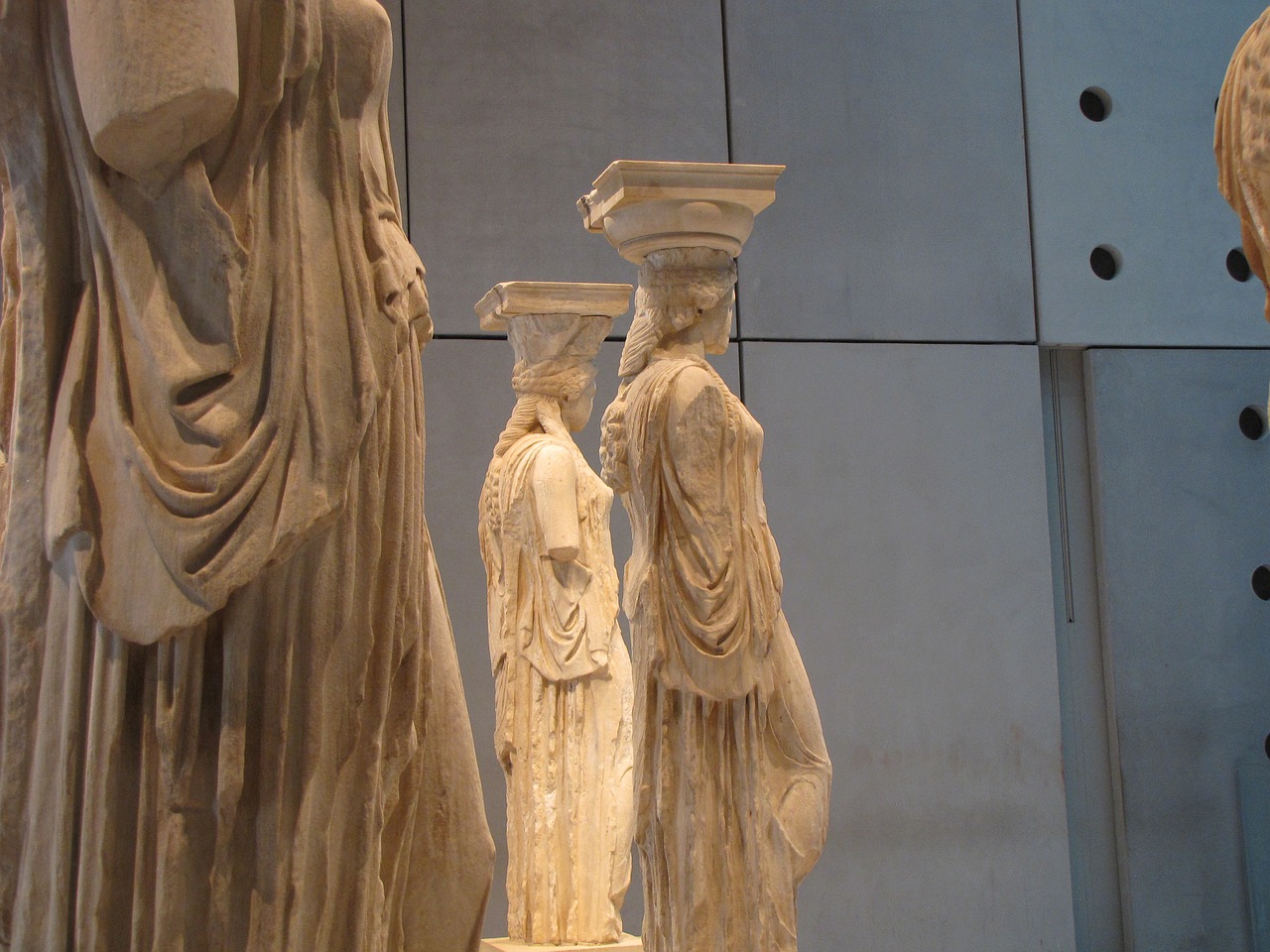
The Caryatids, the graceful statues that once supported the porch of the Erechtheion on the Acropolis, are central to this floor. These five remaining figures, displayed in a dedicated space, exemplify the blend of architectural function and artistic beauty that defined Classical Athens. In the museum, visitors can observe these statues up close, appreciating the intricate details that have been meticulously preserved. The absence of the sixth Caryatid, taken by Lord Elgin and now housed in the British Museum, is poignantly marked, symbolizing the ongoing effort to reunite these cultural treasures. What most visitors don’t realize is that these statues were originally painted in vivid colors, now lost to time. The museum has dedicated significant resources to researching and recreating the original color schemes, providing a window into the vibrant world of ancient Greece that is often missing in mainstream narratives.
Don’t miss the captivating video by the renowned filmmaker Costa-Gavras, which vividly illustrates the historical events that led to the destruction and eventual restoration of the Parthenon. This short film, shown in the Parthenon Gallery, is an educational journey that sheds light on the turbulent history of this iconic structure. From the invasion of the Persians to the tragic removal of the marbles by Lord Elgin, the video chronicles the series of events that have left their mark on the Parthenon.
Top Floor
Now, the top floor—wow. The third floor of the Acropolis Museum, known as the Parthenon Gallery, is undoubtedly the crown jewel of the museum. This expansive space is dedicated to the display of the Parthenon Marbles, arranged in a way that mirrors their original placement on the Parthenon itself. The gallery is designed with glass walls, offering panoramic views of the Acropolis, which creates a direct visual and thematic connection between the ancient site and its artifacts.
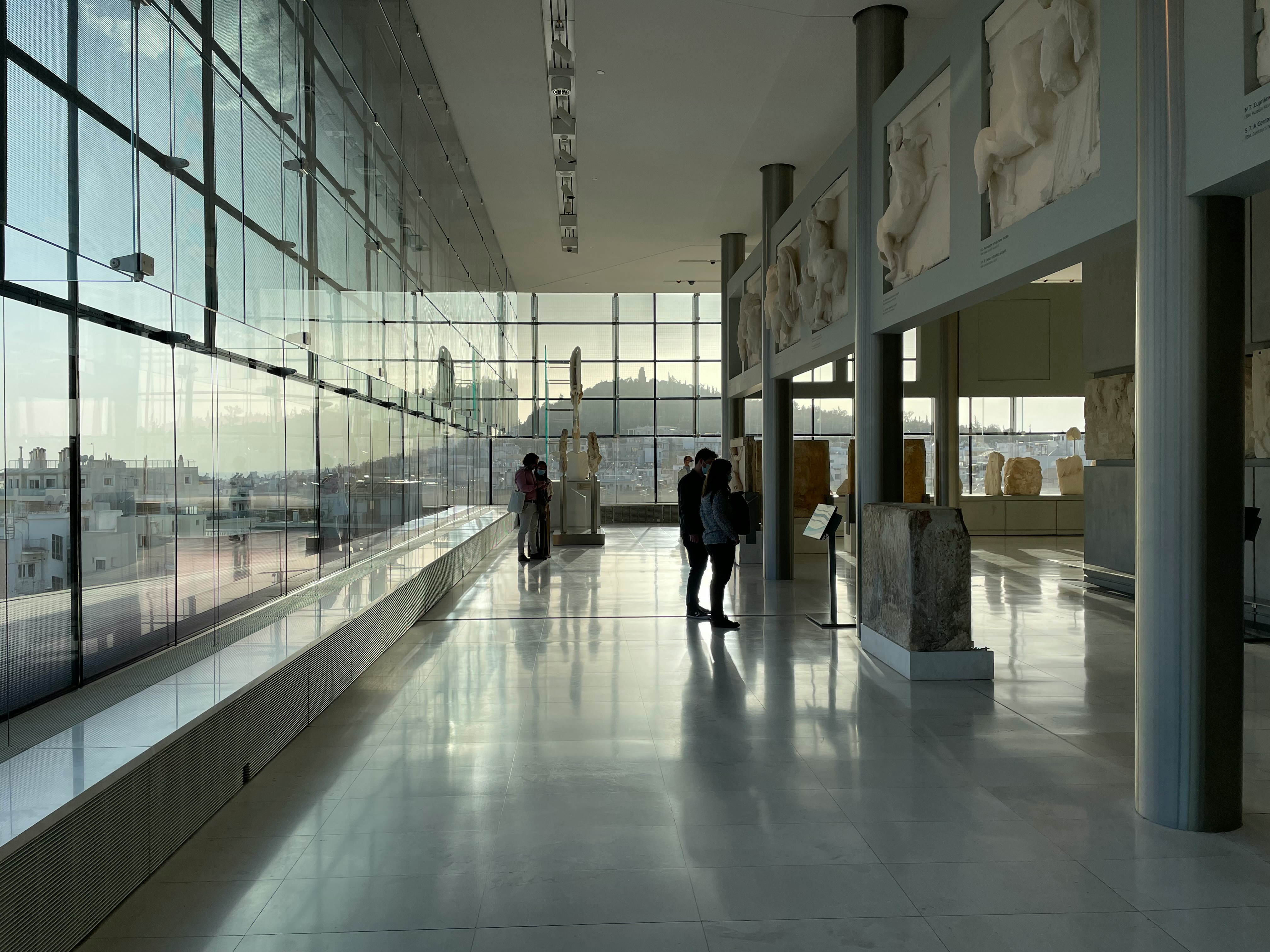
But what really struck me was the story this gallery tells about the Parthenon Marbles. There’s a powerful narrative here that subtly underscores the ongoing debate regarding the return of the marbles that remain in the British Museum. The layout and design of this floor highlight the significance of the marbles not only as art but as integral components of a cultural heritage that belongs, many argue, in Greece.
One of the lesser-known facts about the Parthenon Marbles is that they were originally painted in bright colors, a feature that has been lost over centuries of exposure to the elements. The museum has employed advanced technology to detect traces of pigments, offering insights into what the marbles might have looked like in their original form. This effort is part of a broader initiative to restore the marbles as closely as possible to their original state, not just physically but also in their cultural context.
The Significance: The Debate Over Repatriation
The third floor’s design and curation serve as a powerful argument for the return of the Parthenon Marbles to Greece. The narrative presented in the gallery emphasizes the disconnection caused by their removal and the importance of reuniting the marbles with their original context.
A fact not widely known is that when Lord Elgin removed the marbles in the early 19th century, the operation was fraught with controversy even at the time. Elgin’s acquisition of the marbles was seen by many as an act of cultural vandalism, and he faced considerable opposition from figures such as Lord Byron, who criticized him in his poetry and public speeches.
The marbles displayed in the Parthenon Gallery are presented alongside plaster casts of the missing pieces, which are currently housed in the British Museum. The contrast between the original marbles and the casts is striking and is intended to highlight the cultural and historical gap left by the marbles’ removal. The Acropolis Museum’s stance is clear: the marbles are an inseparable part of Greece’s heritage, and their return is essential for the full appreciation and understanding of the Parthenon as a symbol of ancient Greek civilization.
The Acropolis Museum Restaurant
In my opinion, don’t skip the museum’s restaurant. Seriously, it’s more than just a place to grab a bite. Not only does it offer one of the best views of the Acropolis, but the food is also top-notch, featuring traditional Greek dishes made with locally sourced ingredients. I tried some specialties from regions like Crete and Epirus, and it was the perfect way to unwind after taking in all that history. Plus, it’s a great spot to sit back and reflect on everything you’ve just seen.
Practical Information
- Opening Hours: TThe museum opens daily at 9 AM. In winter (November to March), it closes at 5 PM on weekdays, 10 PM on Fridays, and 8 PM on weekends. In summer (April to October), it typically closes at 8 PM, with extended hours on certain days. Consider visiting early in the morning or late in the afternoon to avoid the crowds.
- Tickets: Admission is €15 in summer and €10 in winter for adults. Reduced rates apply for EU students and seniors, while children under 18 and foreign students with an ISIC card enter for free. Check the museum’s website for any free admission days.
- Location: The museum is located in the central Plaka neighborhood, adjacent to the Acropolis metro station.
Pro Tip: How to Plan your Visit to the Museum
I’ve visited the Acropolis Museum more times than I can count, and every time I go, I’m reminded of just how much there is to uncover. If you’re a history lover like me, you’ll appreciate the depth of stories hidden within these walls. To make the most of your visit, I highly recommend getting a skip-the-line ticket. It’s such a time-saver, especially since Athens is getting a problem from over-tourism and lines at Acropolis museum are getting huge!
Also, if you can spend the extra buck, consider joining a small group guided tour. There’s nothing quite like having an expert walk you through the exhibits, sharing fascinating insights and stories that you might miss on your own. Trust me, the museum comes alive in a whole new way when you’ve got a knowledgeable guide leading the way.
Combi Guided Tours of the Acropolis and the Acropolis Museum
I get it—when you’re in Athens, there’s so much to see and so little time. That’s why I often recommend a combined tour of the Acropolis and the Acropolis Museum. These tours are perfect and they will help you connect the dots between the ruins and the museum exhibits — everything just clicks into place.
Below are some of the best Combi tours I’ve come across. They offer a well-rounded experience that ties together the history of the Acropolis with the treasures housed in the museum.
Header Photo by Phanatic on Flickr (licensed under CC BY 2.0). Ancient City Photo by Tomisti (licensed under CC BY-SA 3.0).
Frequently Asked Questions about the Acropolis Museum
Is there a dress code for the Acropolis Museum?
While there’s no strict dress code, I’d recommend dressing comfortably and modestly out of respect for the cultural setting. Athens can be quite hot, so light, breathable clothing is a good choice.
Does the Acropolis ticket include the Parthenon?
Yes, the Acropolis ticket includes access to the Parthenon and other key sites on the Acropolis hill. However, it doesn’t cover the Acropolis Museum, which requires a separate ticket.
Can you bring backpacks into the Acropolis Museum?
Yes, but large bags need to be checked at the cloakroom. I usually bring a small bag with essentials and check in the rest to keep my visit comfortable.
What’s the best day to visit the Acropolis Museum?
Weekdays, especially in the morning, are less crowded. If you can, avoid weekends and holidays when the museum is busier.
How many hours do you need at the Acropolis Museum?
For a full experience, 2 to 3 hours should be enough to explore the main exhibits and enjoy the museum’s restaurant.
What’s special about the Acropolis Museum?
What sets it apart is its focus on connecting the exhibits to their original context. The museum’s design offers stunning views of the Acropolis, allowing you to see the artifacts almost as they were originally intended.
Can you see the Acropolis for free?
You can enjoy great views of the Acropolis from various spots around the city, but access to the site itself requires a ticket. Walking around the Plaka area provides some beautiful glimpses without the cost.
Should I go to the Acropolis or the Acropolis Museum first?
If you’re an early riser, I recommend starting with the Acropolis to avoid the crowds and then heading to the museum. This way, you can see the artifacts in context after having explored the site.
What’s the most famous piece in the Acropolis Museum?
Don’t miss our article on the 5 Must-See Artifacts at the Acropolis Museum for History Buffs.


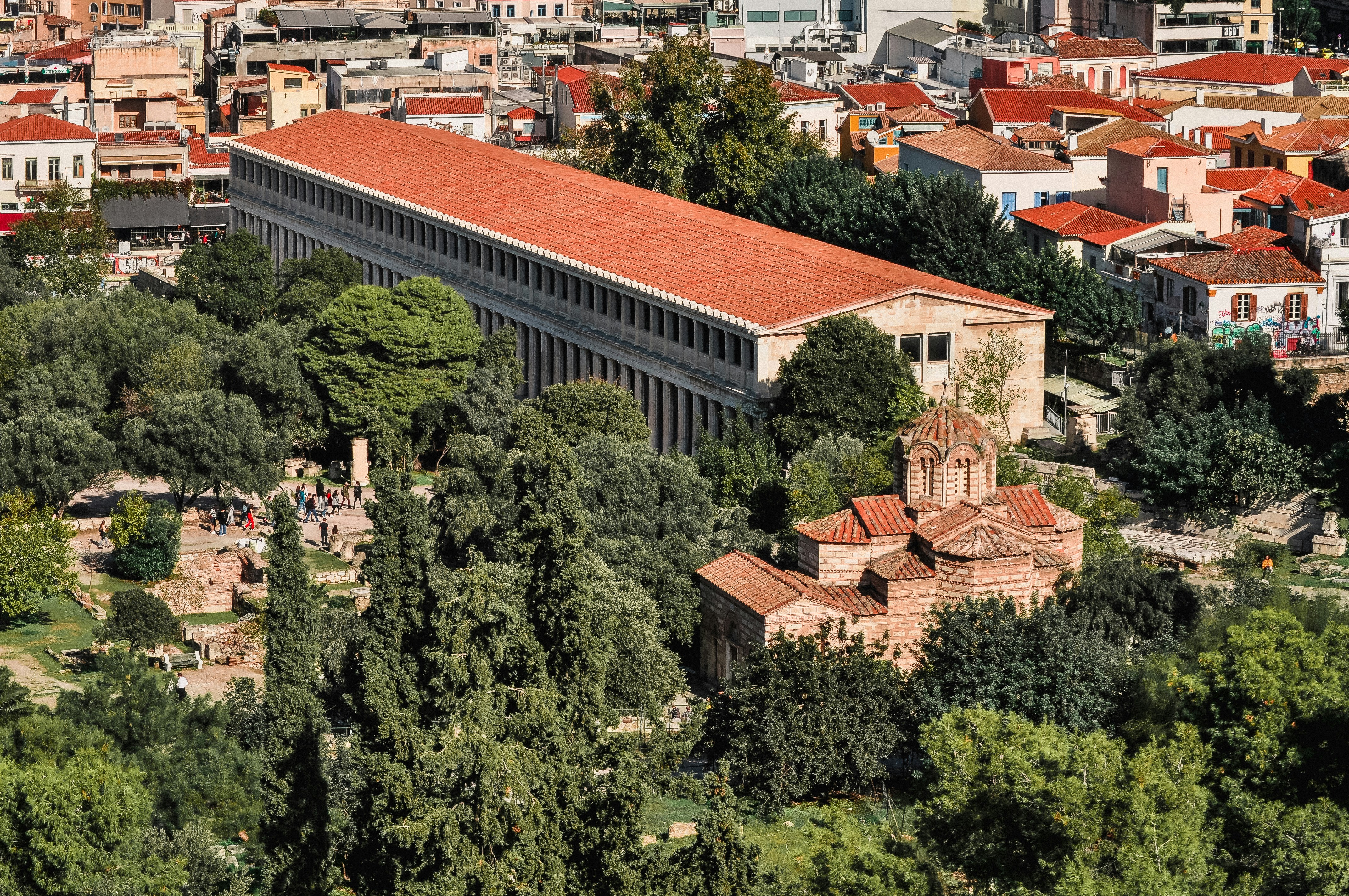
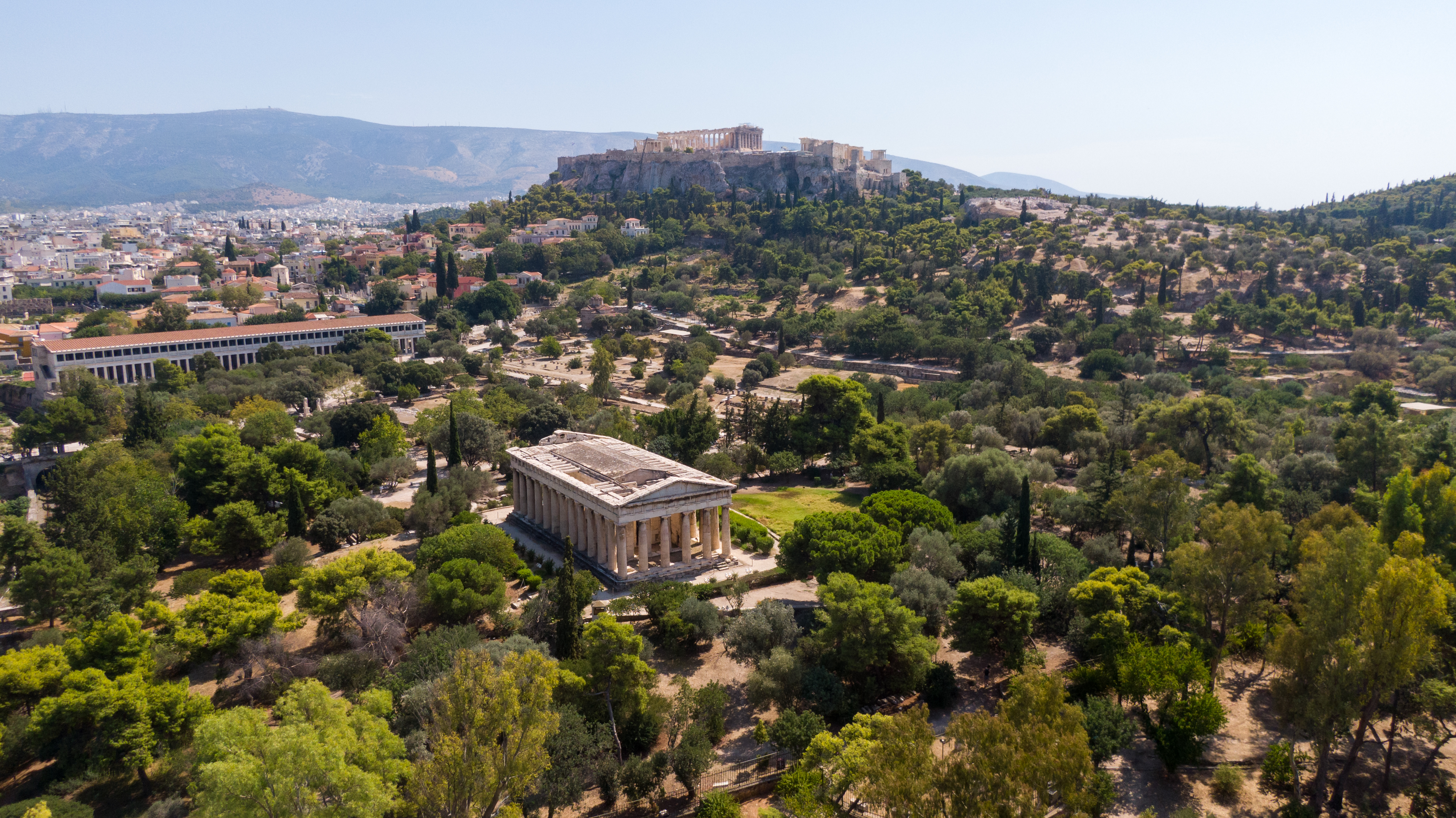
Comments